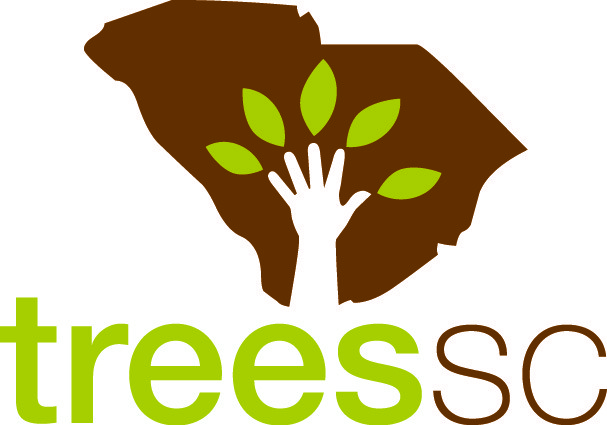
The City of Clemson and Clemson University both play critical roles in the growth and stewardship of the community tree canopy at Clemson, where trees are considered essential to the quality of life and to the health of the environment. Not only is the City certified as Tree City USA and the University as Tree Campus USA, but they actively seek ways to help each other by including each other in tree care and community outreach efforts. To a tree geek like me, the analogy of mycorrhyzae symbolizes this symbiotic relationship perfectly. I won’t go so far as to assign the role of fungus or nonwoody tree root to either City or University, but it is clearly beneficial to both that they each seek ways to work together to promote and advocate for healthy tree canopy coverage, with the result that the entire community seems both cognitive and appreciative of their arboricultural excellence. This, my tree-centric friends, is no mean feat!

Tony Tidwell is the City Horticulturist and an ISA Certified Arborist. In the City of Clemson organization chart, Tony is in the Parks and Rec Department, and has 3 groundskeepers and a landscape tech underneath him. They do tree planting, and a good bit of ornamental and establishment pruning of trees in City spaces. The Public Works Department has a bucket truck and some employees who, while not technically arborists, have had training and experience in tree pruning and do some of the street tree and right-of-way pruning in town. Tony also works with community groups like Boy Scout Troop 235, who every couple of years has an ongoing project to remove invasive species like Ligustrum and Eleagnus from City greenspaces. Tony provides materials and the Scouts mark, cut and treat residual stumps with herbicide – which allows native species to come back and thrive.
Tony’s contagious exuberance for nurturing and stewarding the tree canopy truly embodies the very essence of the City’s written mission and vision statements. He donates his time to the University’s tree advisory committee, and both the University and the City participate in each other’s Arbor Day observances and seem to actively look for ways they can work together. Dr. Bob Polomski (no stranger to Trees SC!) has involved Tony in attending and speaking at his Urban Tree Care class, and the City has involved Clemson Extension’s stormwater division, Carolina Clear, in developing a unique bio-retention cell that helps filter pollutants from a parking lot from flowing into 18 Mile Creek. Tony contributed to Dr. Polomski’s roundtable article, Pyrus, we have a problem, and has utilized several of Bob’s students as interns, which has enabled the City to accomplish an urban tree inventory and management plan. Tony and Bob also collaborated on a City of Clemson Walking Tour for the Clemson Extension Forestry & Natural Resources team in 2017.
Tommy Fallaw, Director of Custodial, Landscape and Recycling Services at the University, invited Tony to participate in their Tree Advisory Committee. He also suggested the 2 entities collaborate on promoting and participating in each other’s Arbor Day observances. Dr. Ellen Vincent has her Horticulture 1010 students participate in the University’s Arbor Day observance and they get a hands-on workshop on proper handling, planting and establishment maintenance of trees. (Public Service Announcement: if you are interested at all in how things are done at Clemson these links are reallyworth clicking!) The University posts upcoming tree planting and removal projects online, as well as detailed explanations for upcoming tree removal projects, which exemplifies excellent communication with their community audience.

Clemson has really cultivated a tremendous synergy between the City and the University and the Extension Service. It’s an amazing place for tree management and environmental stewardship; I believe it’s a story that should be shared widely, and imitated to the extent possible – obviously every municipality doesn’t share their space with a world class University, but there may be other resources in your community that you can work with toward improved tree stewardship. For example, commercial arborist firms have an interest in a robust tree canopy, and you never know exactly how you might work together unless you get together and explore your options…

Recent Comments